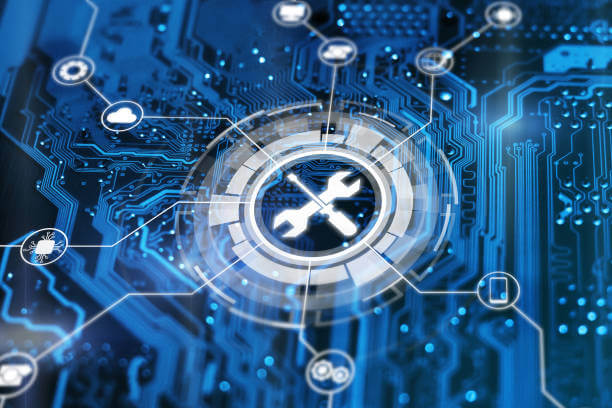With billions of smartphone users worldwide using mobile applications for simple online shopping, communication, content creation, information access, and gaming, mobile technology has taken over our life. However, consumers do not hesitate to remove these programs if they have performance problems. Therefore, companies don’t want to sacrifice maintenance, user-friendliness, or fast updates. Regular maintenance of apps helps businesses interact with their customers more effectively. Long-term expenditures in application maintenance are necessary to improve UX and ROIs.
Many organizations often overlook the significance of app maintenance and support for their mobile applications, even when they are aware of the advantages of doing so. Maintenance is neglected by companies for a number of reasons.
Maintenance for a mobile app typically costs around 20.7% of the original development cost.
Examine your app’s daily and monthly active users to make sure it is engaging and maintained effectively.
It will provide you with information on uninstalls, user issues, and other app engagement.
If your DAU and MAU are high and your uninstalls are low, you may have launched a successful app. The only maintenance task you need to do is keeping the app up to date. You may need to reconsider your maintenance plans, however, if these numbers don’t add up to the necessary amounts.
React Native app developers utilize reusable components to speed up development and maintain consistency across app interfaces.
Factors Affecting the Cost of Maintaining Mobile Apps
The idea that maintenance is more expensive than app development is untrue. Support and maintenance expenses for mobile apps aren’t necessarily high. There is a close correlation between the maintenance expenses and
How often the application is maintained.
The application’s complexity and quality.
The following are the primary variables that affect app maintenance costs:
1. App Complexity: Your maintenance expenses may increase if your app has many sophisticated features. For example, you must make sure that every feature and function is up to date.
2. Development Method: Cross-platform and native applications have different maintenance and support needs. As a consequence, the expenses of sustaining the two kinds of apps will vary. Developers need to make sure they are following the operating system-specific app store regulations as part of app maintenance.
3. Designs: The cost of upkeep is determined by the designs. You could have to pay extra for application maintenance if the user experience and interface design don’t adhere to the accepted standards. You may need to invest more in design management if the learning curve is high or you see a lot of friction in interactions.
4. Hiring Model: Choosing between in-house and outsourced methods also affects maintenance costs. Outsourcing will save you money on infrastructure and staffing expenses.
Hire dedicated mobile developers to build scalable, high-performance apps tailored to your business needs, ensuring seamless functionality across both iOS and Android platforms.
Motives for Collaborating with the Mobile App Maintenance Team
You can keep your mobile application functioning well and free of bugs with the assistance of a knowledgeable maintenance and support staff. Regular updates will make you more relevant to your target consumers. You may learn the causes for their departure and why they uninstall by keeping an eye on their usage.
To guarantee a better user experience, you may examine, create, redesign, and alter the elements that make up an application. With the help of the specialist, you can keep an eye on the precise parameters that determine an app’s performance and determine if your app fits in with those categories.
Types of Maintenance Services for Mobile Apps
Maintenance Emergency
Any unexpected mistakes or issues that result in a system breakdown and need rapid treatment are considered emergencies. When a business has an unforeseen but serious issue with its mobile app, emergency maintenance is required.
Maintaining Perfection
As the intended users utilize the program, new or modified user needs are found. The process of perfective maintenance takes into account the feedback that is gathered here. After modifications are done, the source code is modified to provide active app users with an ideal user experience.
Maintenance That Adapts
Updating application systems to keep up with evolving software or hardware environments is known as adaptive maintenance. This is the environment of the application, which includes its working circumstances and impacts. The app’s stability and functionality under the new setting are guaranteed by this maintenance service.
How to develop cloud applications, prioritize a modular architecture, leveraging serverless functions and containerization for scalability and efficient resource utilization, while ensuring robust security measures and seamless integration with existing systems.
Preventive Upkeep
Preventive maintenance’s major objective is to lessen or completely eradicate the possibility of mistakes. Nonetheless, it seeks to simplify a program and make it easier to comprehend and maintain.
Corrective Upkeep
The goal of corrective maintenance is to eliminate any remaining flaws and defects in regular application operations. At Linkitsoft, Residual errors are faults in terms of logic, design, and code. Bug reports are often used to find these issues.




